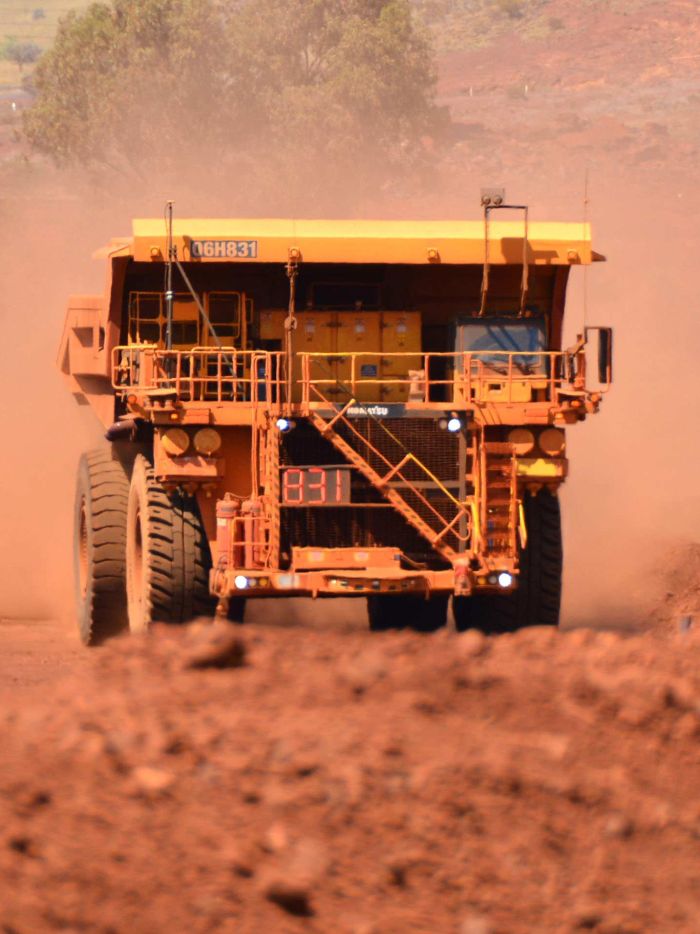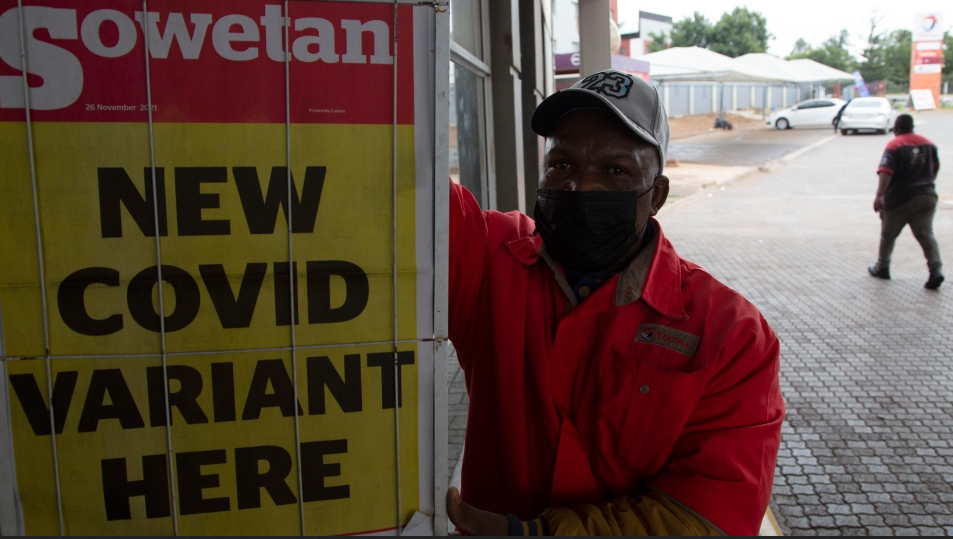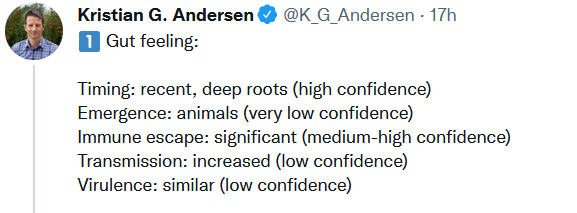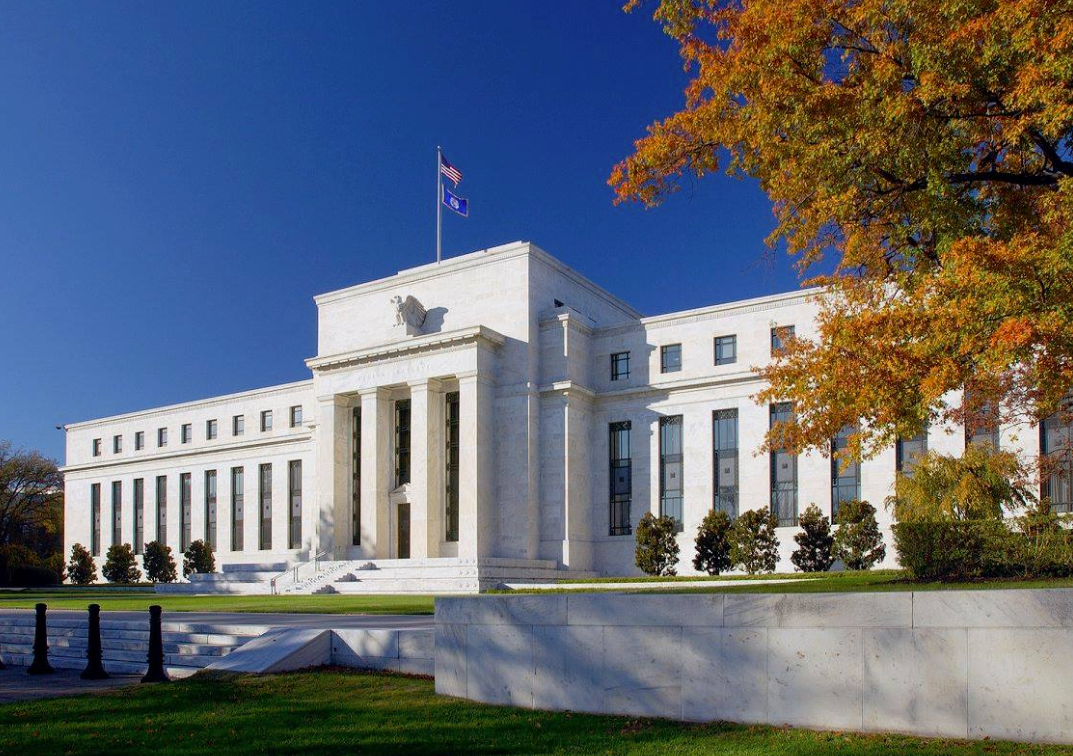A piece from BlackRock on the new Omicron variant, in summary:
- We stay invested for now as a new virus strain and European COVID surge are hurting risk sentiment. Any delay of the powerful restart now means more later.
And:
- A new, highly contagious, virus strain could trigger growth downgrades, worsen risk sentiment and have significant sectoral impact. We are concerned about the human toll and expect renewed restrictions on activity. We still favor equities for now, but would change our stance if vaccines were to prove futile. If they are effective, the strain only delays the restart of economic activity, and we would lean against any stock market pullbacks. Less growth now means more later.
BlackRock is the world’s largest asset manager.





 The next question you have to ask is: Ok, what’s the worst case scenario and what does that look like in markets. We’ve seen before that markets have a remarkabl
The next question you have to ask is: Ok, what’s the worst case scenario and what does that look like in markets. We’ve seen before that markets have a remarkabl
